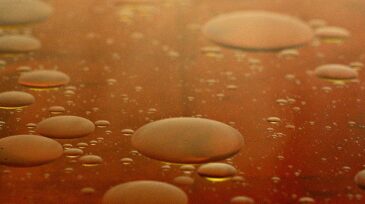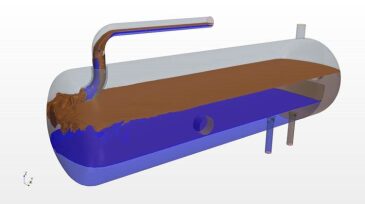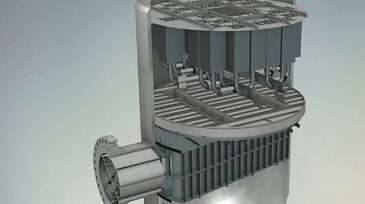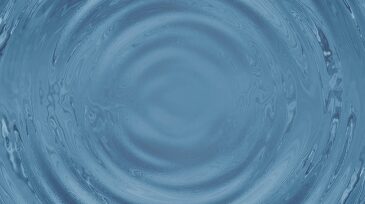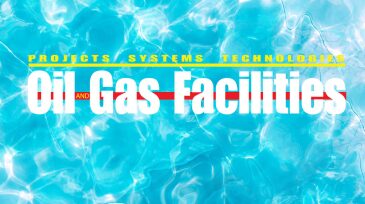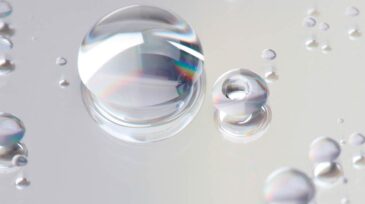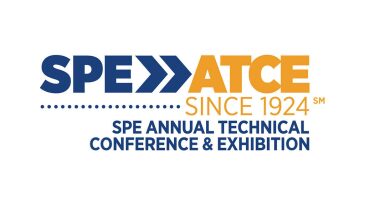separators
-
Operators must take a more practical and less theoretical approach to the design and construction of three-phase separators, with an honest assessment of their separation needs.
-
Why CFD should be part of your separator design? This goal of this goal is to allay any fears about CFD that you may have as a result of flashbacks to university class and a dizzying array of partial-differential equations.
-
The main drivers for sizing gas scrubbers have been performance requirements, process conditions, and project specifications. However, optimizing cost, delivery times, and weight is not the same as improving scrubber performance.
-
The sources and magnitude of shear and the effects on oil droplet size can have significant consequences for downstream separation equipment performance.
-
Lessons learned by the members of the SPE Separations Technology Technical Section, representing more than 250 years' experience, are presented so that the same mistakes are not repeated in the future.
-
An underperforming scrubber that was suffering from too much oil carry-over is described along with options for debottlenecking and improving performance.
-
To support subsea processing of heavy crudes, an inline electrocoalescer was tested for separation of water droplets dispersed in the crude oil.
-
Efficient separation assumes uniform flow, but the reality of inlet geometries can invalidate this assumption, leading to separation problems and loss of separation efficiency.
-
"Gas Scrubber Design and Validation for Robust Separation Duty" is the title of a special session planned by the Separations Technology Technical Section.
-
Some internals components affect a separator's gas- and liquid-handling capability because of their effects on the liquid level. In this article, the interdependency of cyclonic inlets, cyclonic mist eliminators, and liquid level is highlighted.

